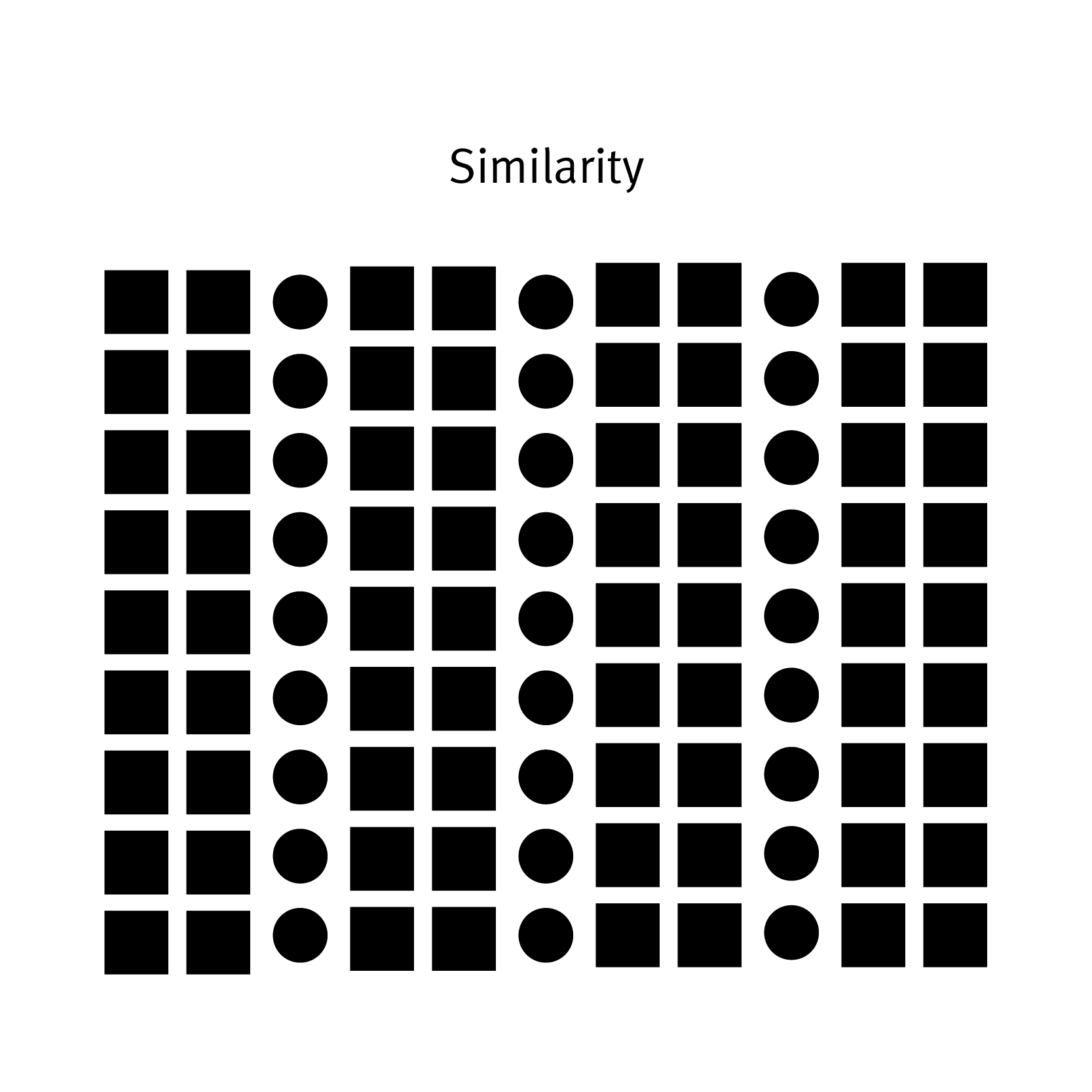
The way Magic works is to bring things together through their inherent similarity.
Ficino Amore, VI, 10: 106
‘whereby the efficacy of the ritual acts was sought to be seen within an observer’s empirical “cause-effect” scheme..’
Tambiah, S. J. (2013). Form and Meaning of Magical Acts. Germany, Harvard University Press, p61.
‘According to the descriptions and analyses of Tylor, Frazer, and Mauss, the law of similarity holds that the image equals the object. That is, things that show a superficial resemblance, which in most cases amounts to looking alike, also have a deep resemblance. Furthermore, because like produces like, or like acts on like, action against an image can influence the object that it corresponds to. That is a form of backward causation.’
Rozin, P. and C. Nemeroff (1990). The laws of sympathetic magic: A psychological analysis of similarity and contagion, Cambridge University Press: 224
‘While Frazer’s examples were drawn largely from records of folklore of tribal and pre-industrial societies, it is important to understand that they reflect models of information processing by a biologically (and thereby cognitively) evolved human mind – the same human mind operating in human populations today.’
Peters, F. (2023). “Sympathetic Magic: A Psychological Enquiry.” Journal of Cognition and Culture, 23: 532.
This website, Shift/Work: Crafting Magic https://blogs.ed.ac.uk/craftingmagic/ is written and maintained by Prof Neil Mulholland and is licensed under a Creative Commons Attribution-NonCommercial-NoDerivatives CC BY-NC-ND 4.0
